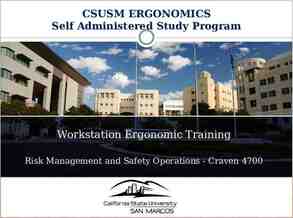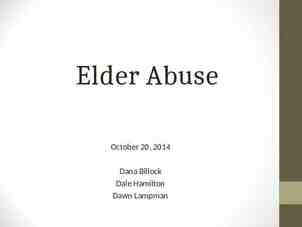Chapter 13 Organometallic Chemistry Structure and Bonding
22 Slides1.19 MB
Chapter 13 Organometallic Chemistry Structure and Bonding
Sandwich Compounds Cluster Compounds
Conformations of Ferrocene Vitamin B12 Coenzyme
Ligand Nomenclature
18 Electron Rule: Examples Cr(CO)6 5 ( -C5H5)Fe(CO)2Cl [Re(CO)5(PF3)] PF3 is neutral
18 Electron Rule
18 Electron Rule: Why? Use an octahedral example Happens with strong -donor and/or strong -backbonding ligands. Why not fewer e-’s? Why not more e-’s?
16/18 Electron Rule: Important 16-e- square planar examples; all high field d8
18 Electron Rule: Many, many classical complexes don’t follow it. [Zn(en)3]2 Cr(NH3)63
Carbonyl Compounds Using -backbonding CO as a guide to Isoelectronic series, varying charge
Carbonyl Compounds Using -backbonding CO as a guide to Varying ligand electron donation.
Carbonyl Compounds: Mono and Binuclear
Polynuclear Carbonyl Compounds (“Clusters”)
Carbonyl Compounds: IR structure determination
Carbonyl Compounds: Bridging Modes
Carbonyl Compounds: Bridging Modes
Metal-Alkene Complexes Metal-Allyl Complexes
Metal-Alkyl, Carbene, Carbyne Complexes: sigma bonded M-C



























